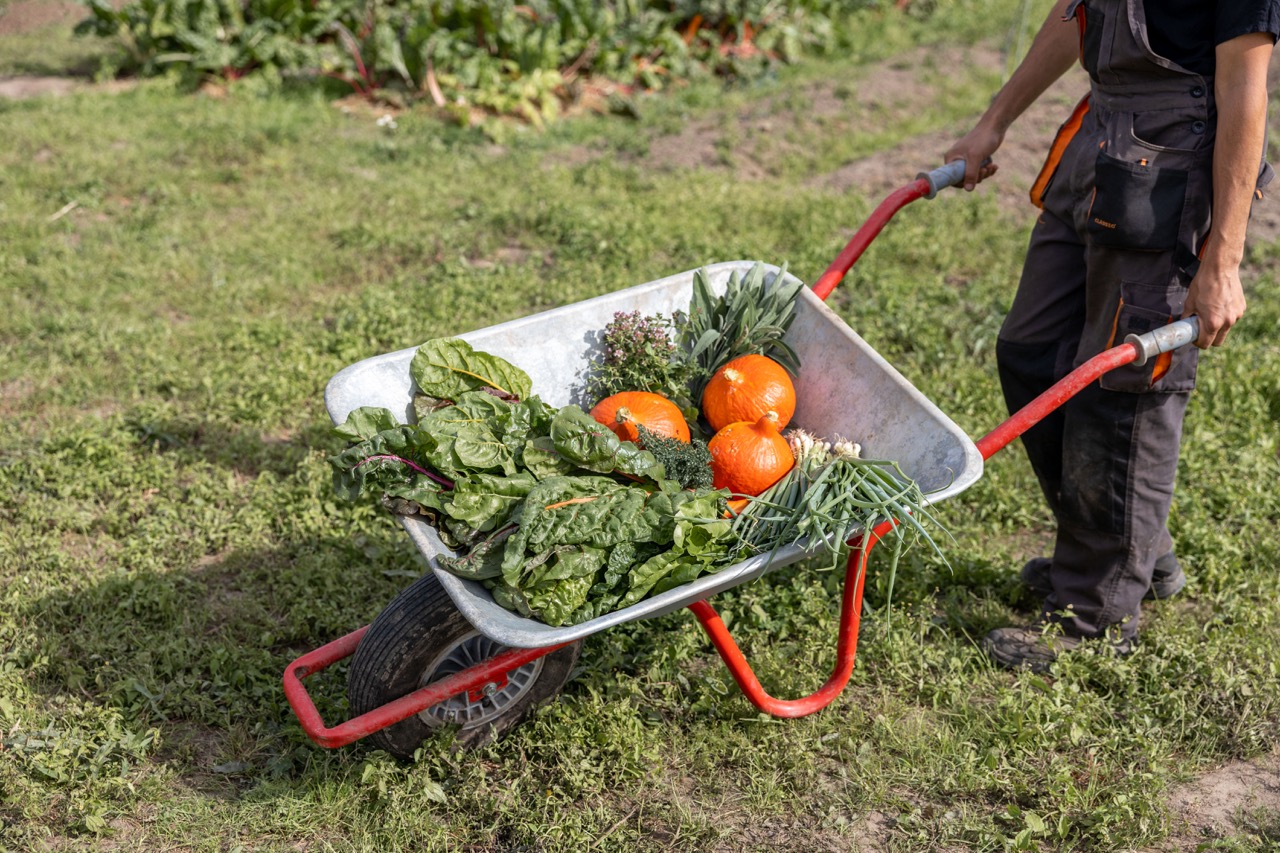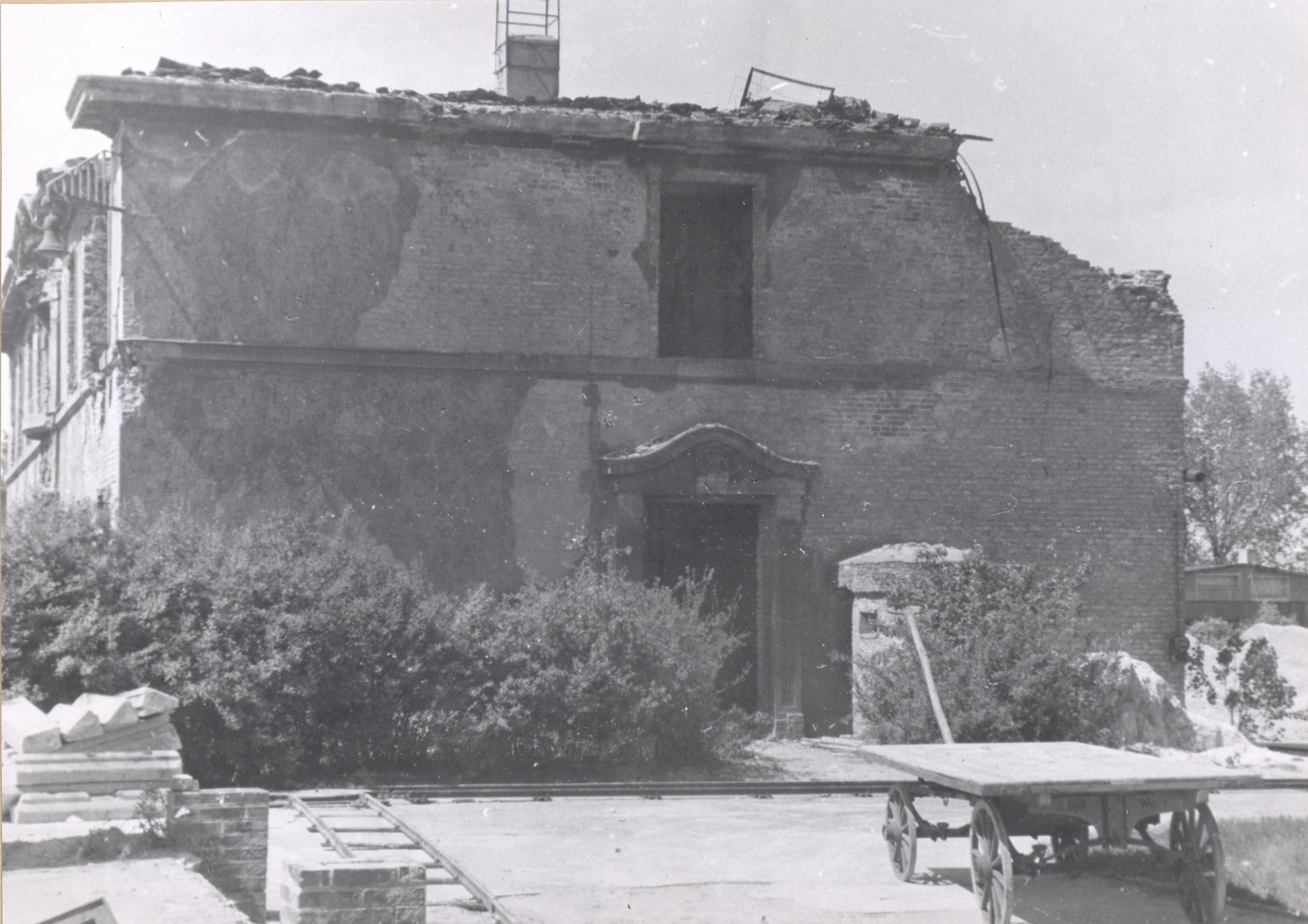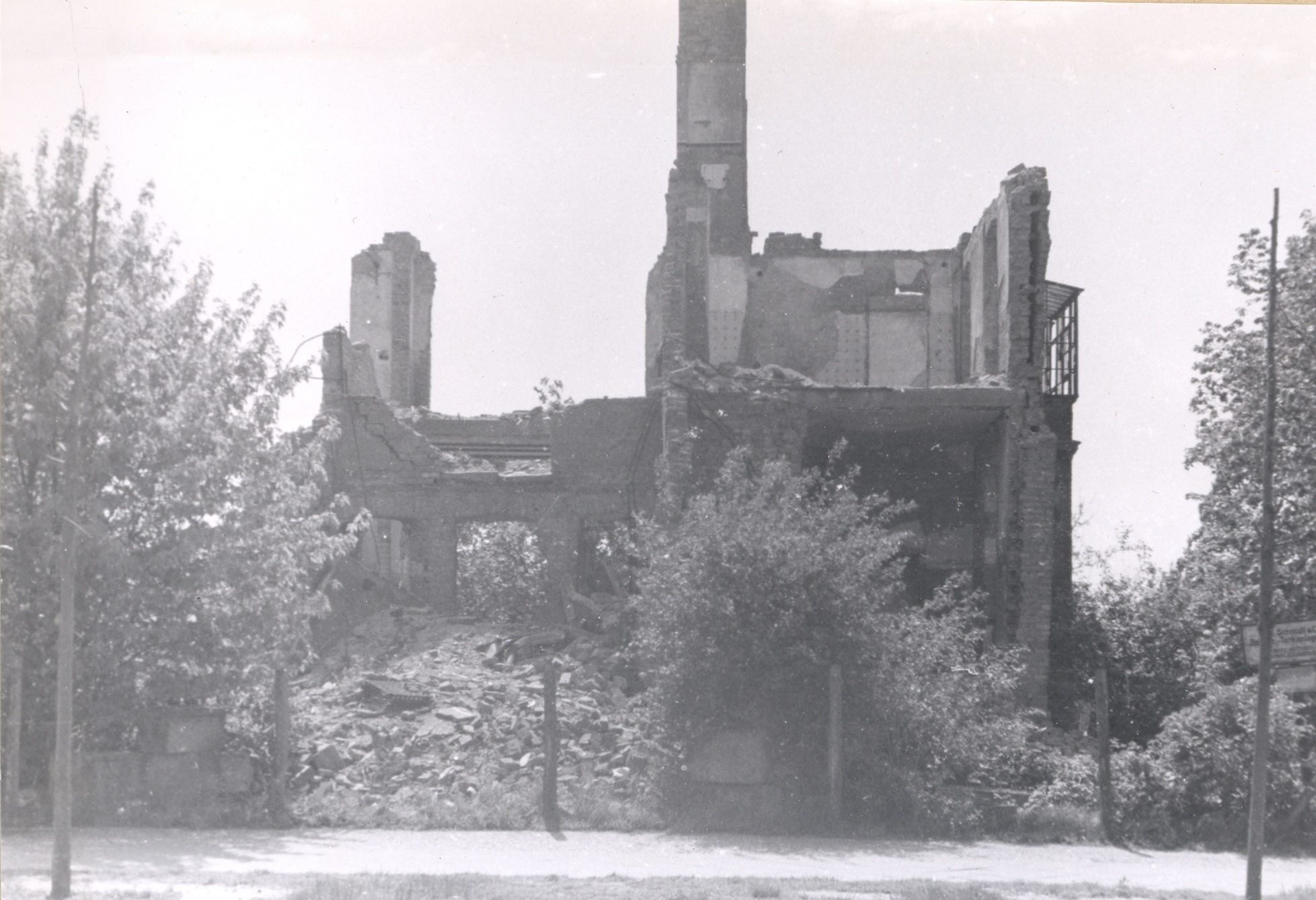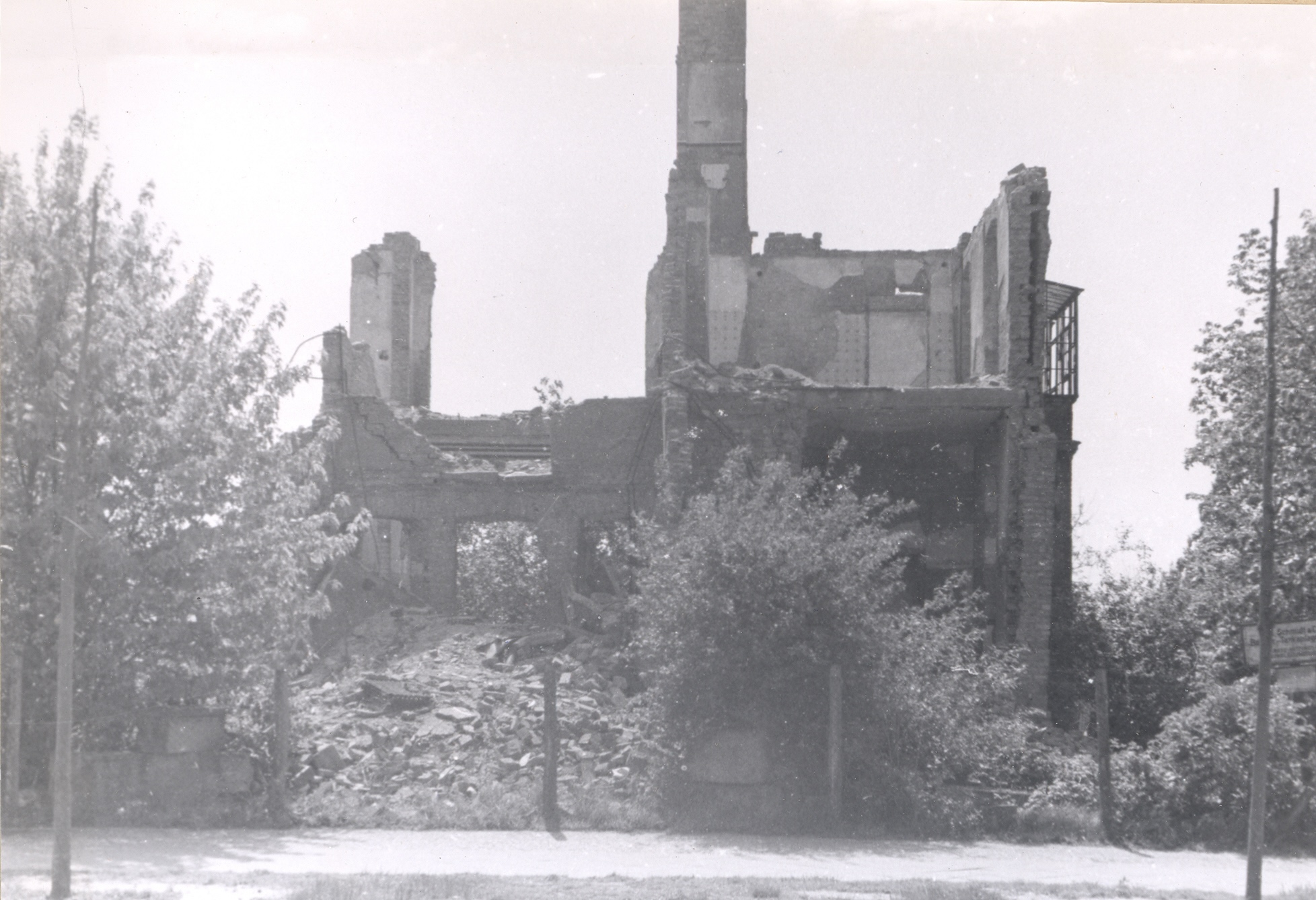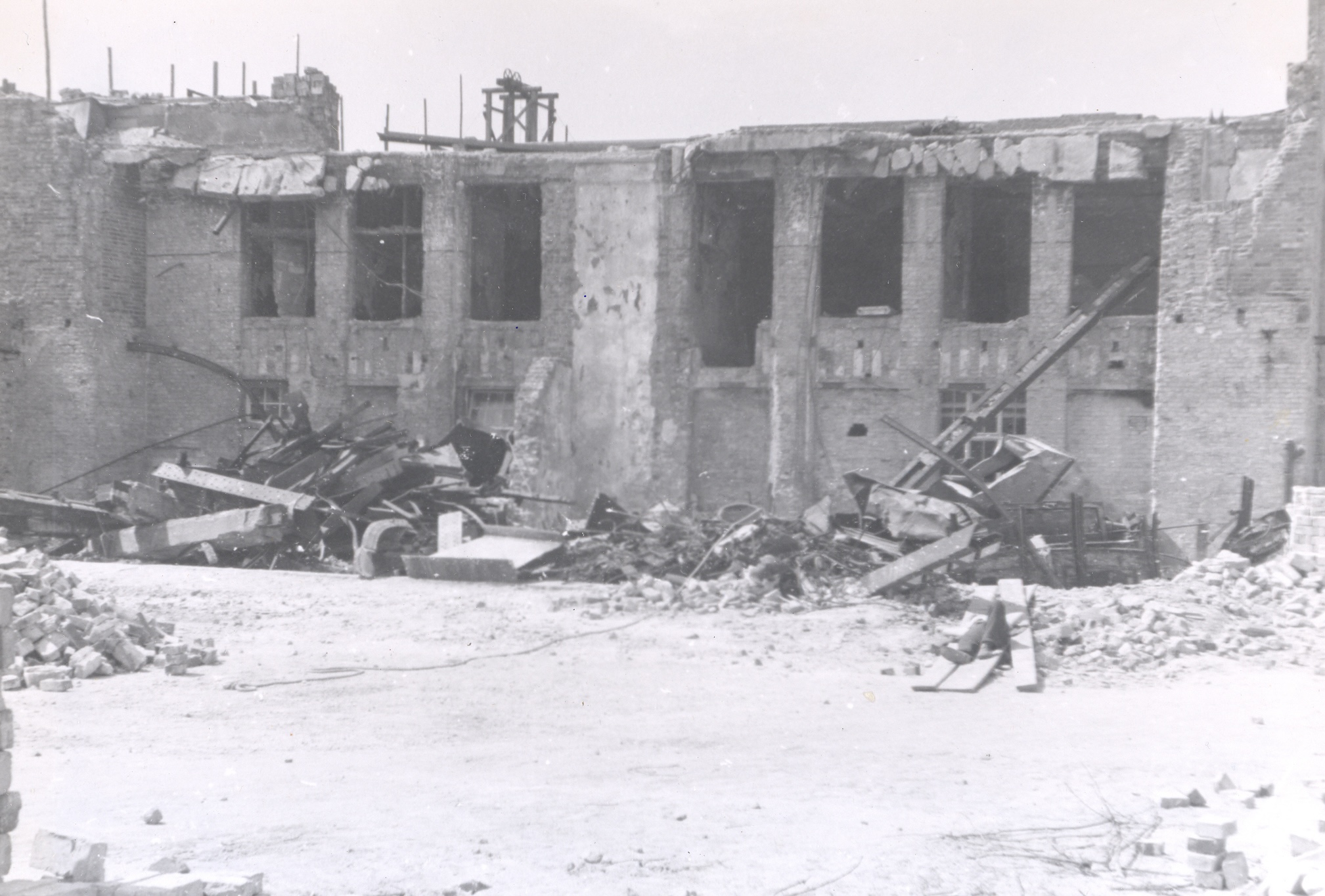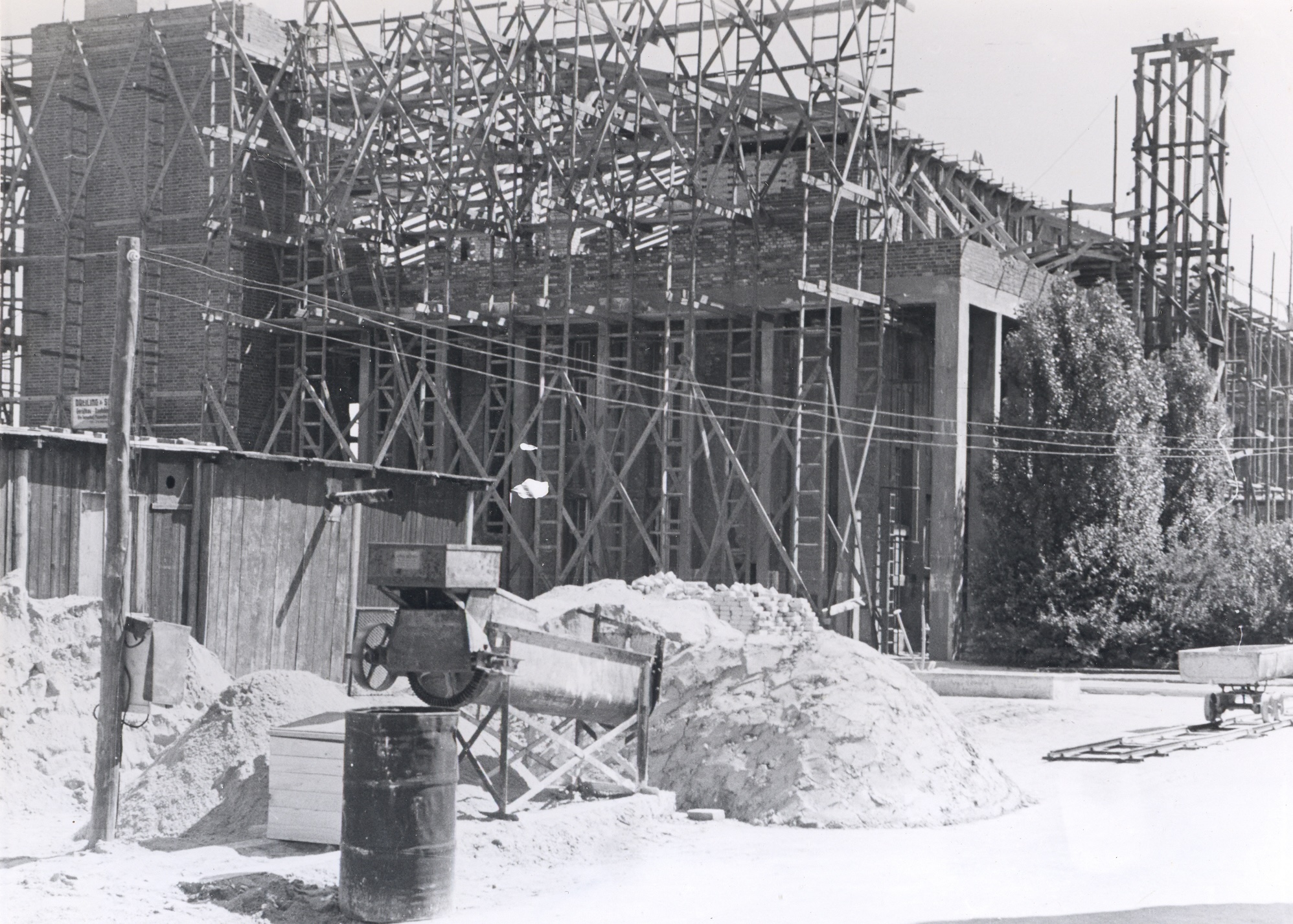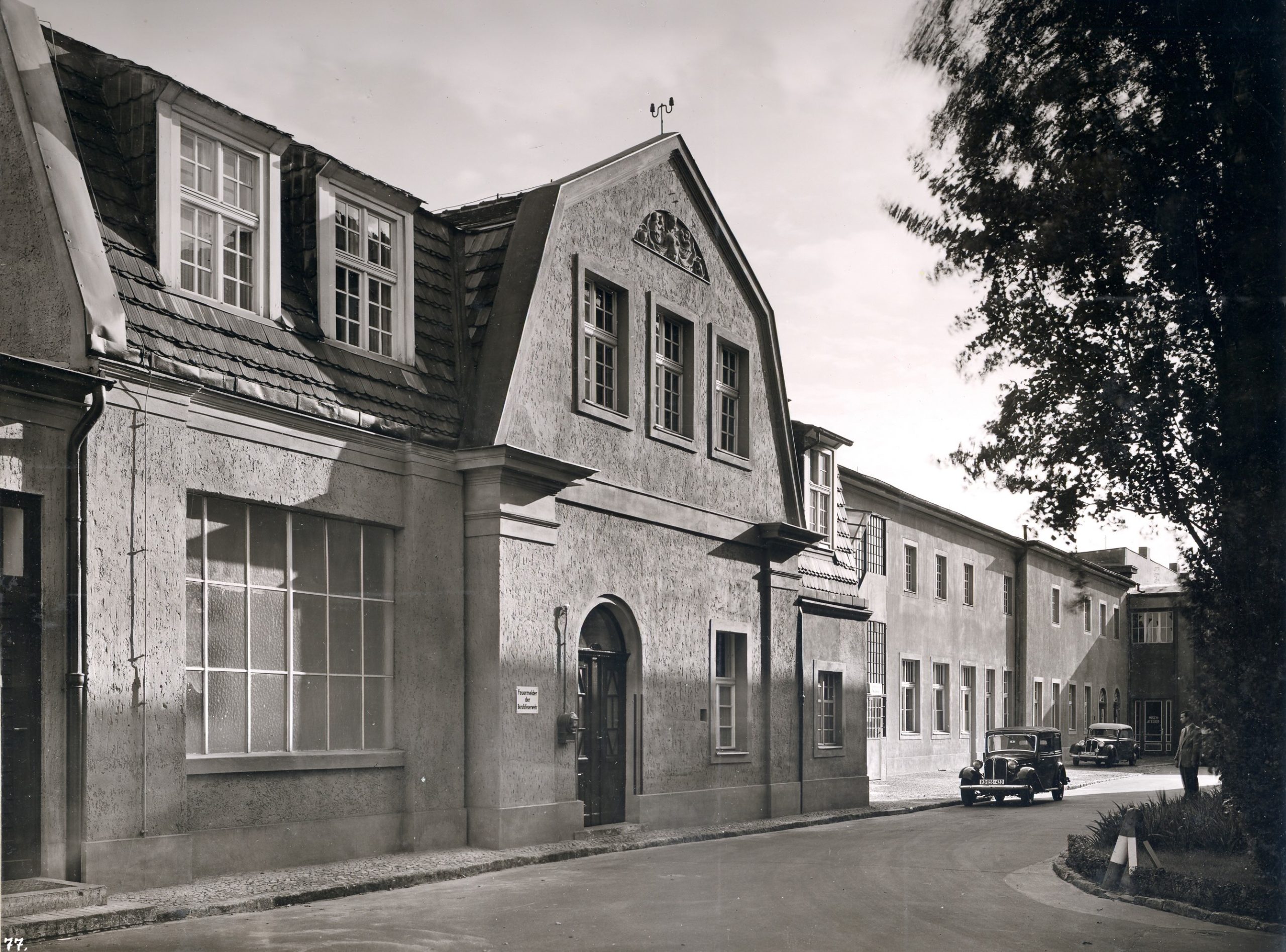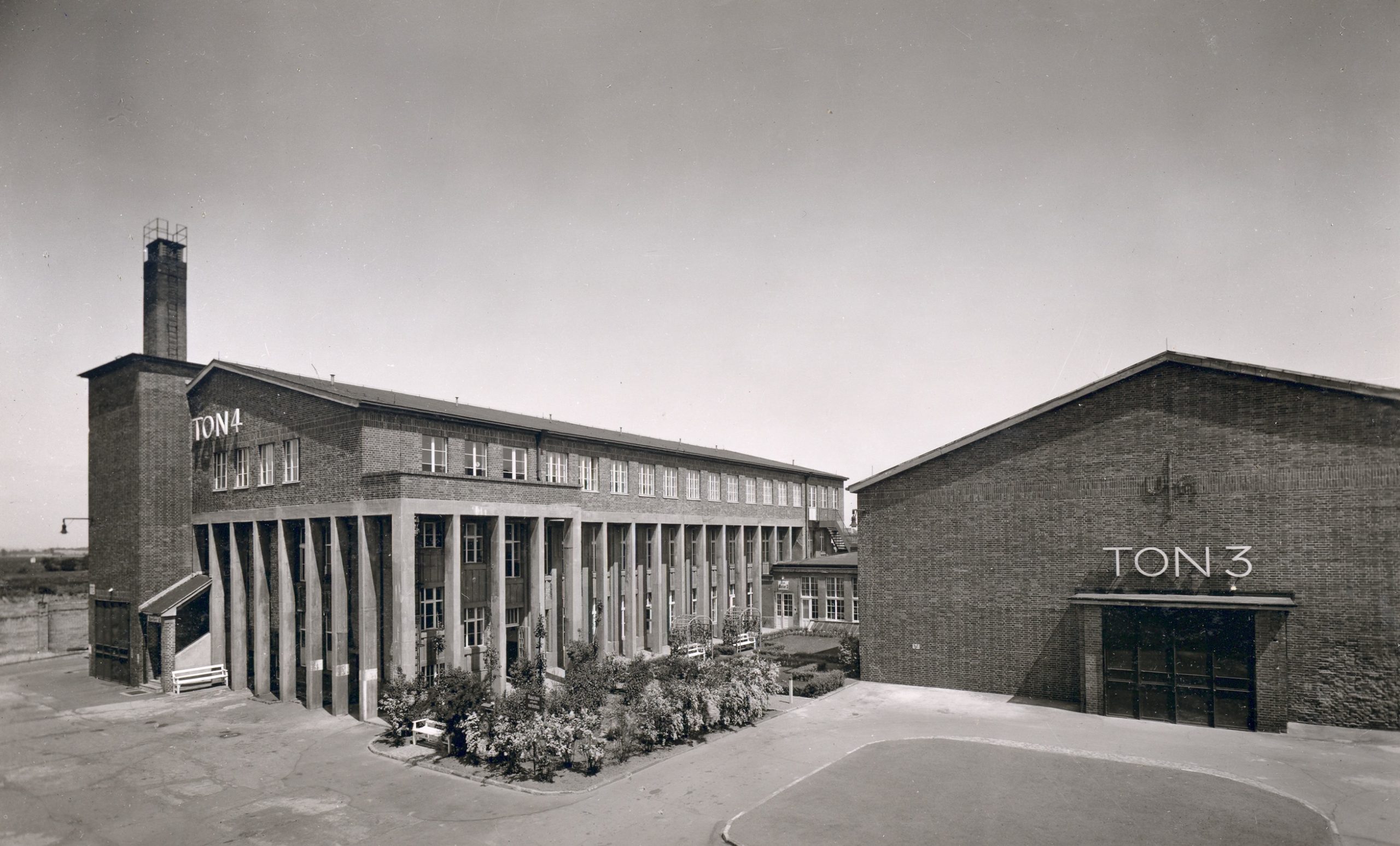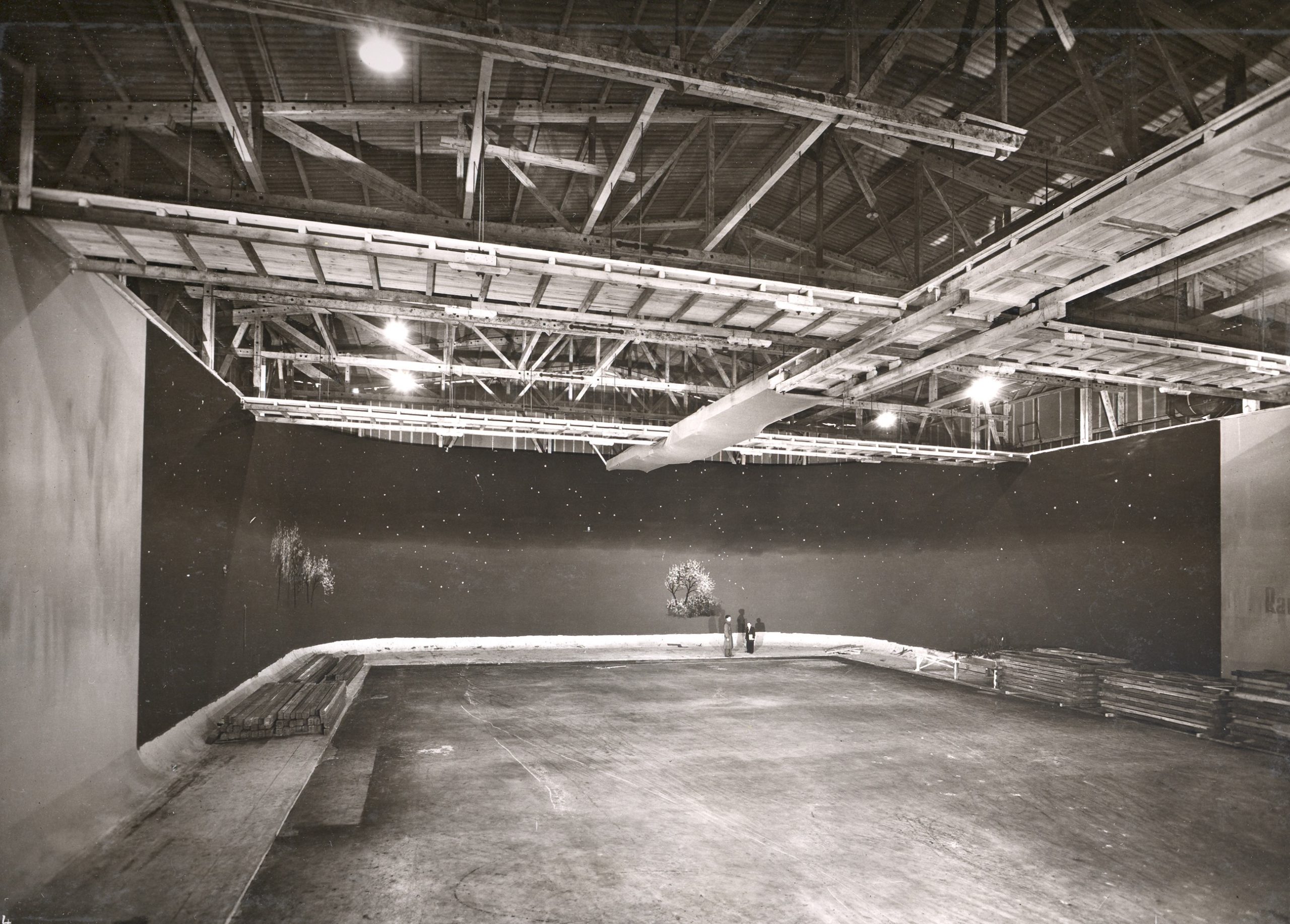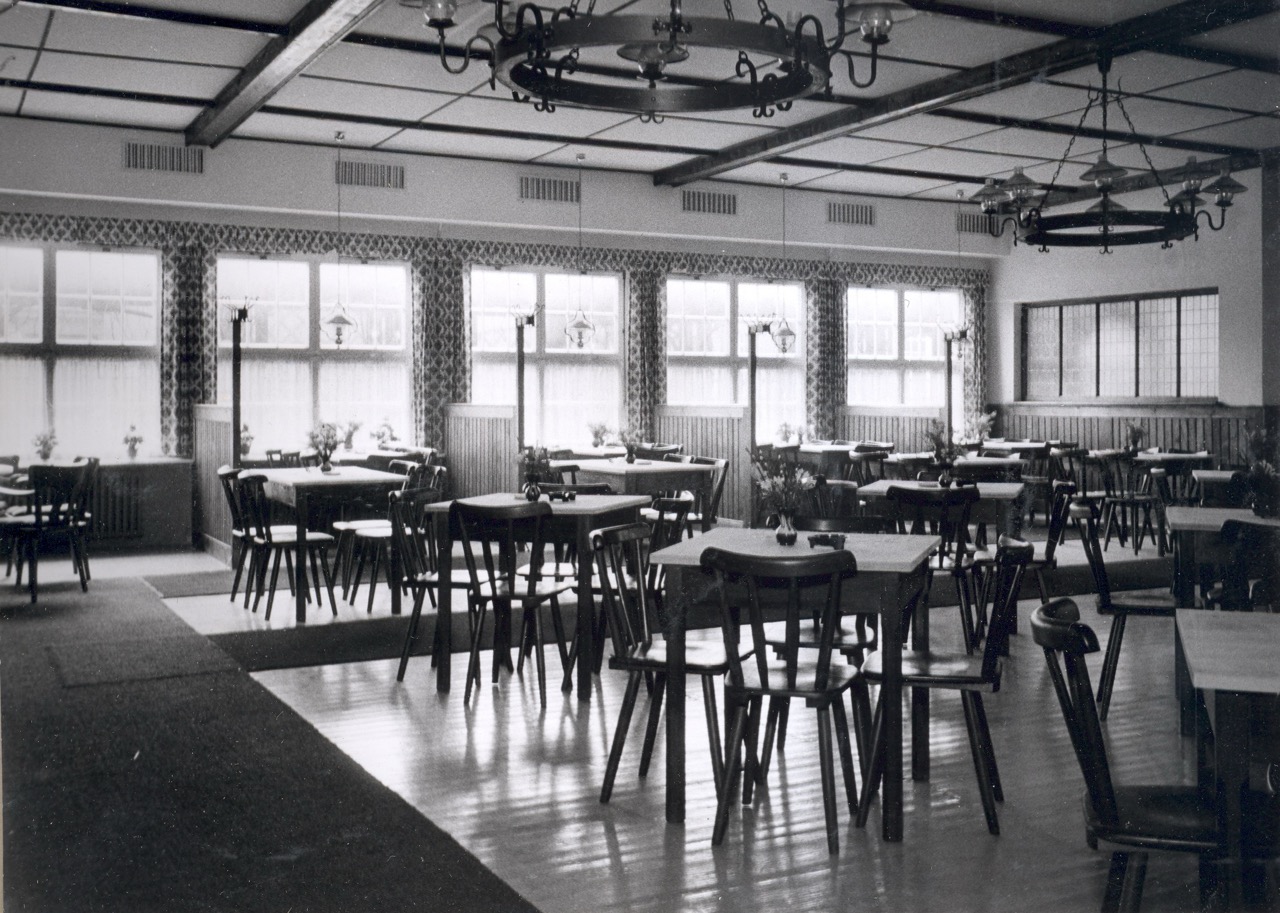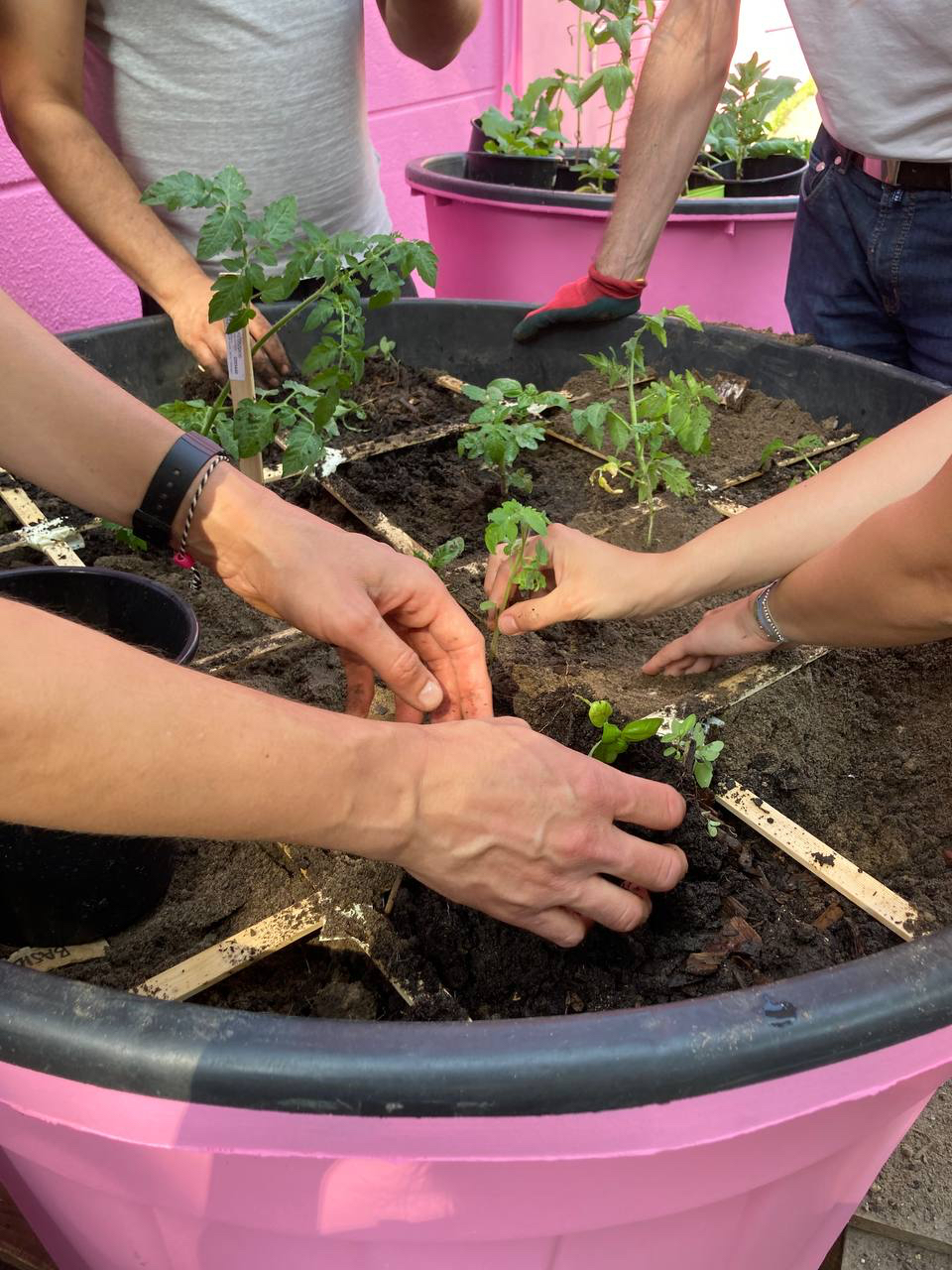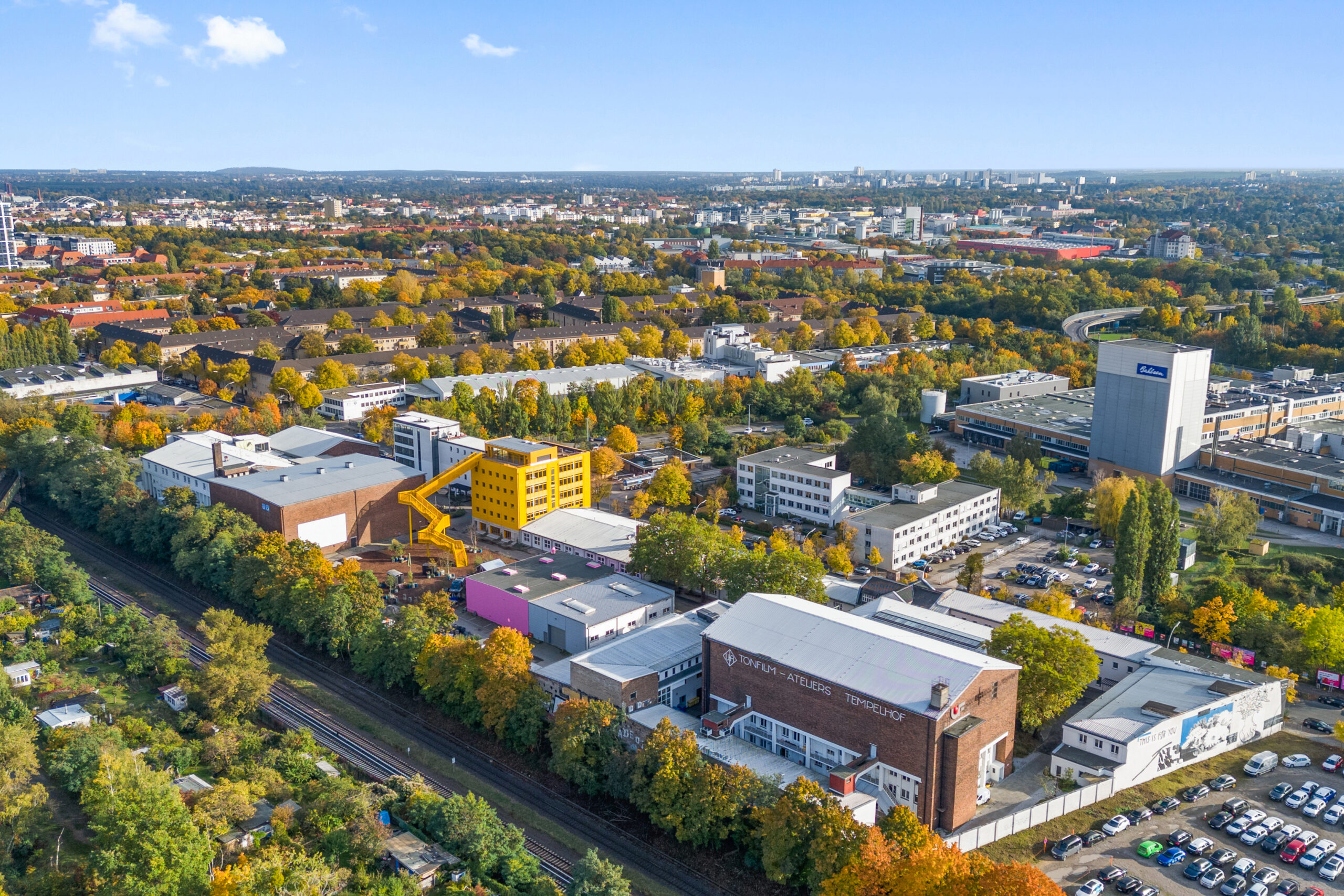Reconstruction & First Television Productions
May 1945. World War II ended in Germany. Like many other locations in Berlin, the film studios on Oberlandstrasse had suffered substantial damage. Nevertheless, operations to recuperate and reconstruct the site moved so quickly that barely two months later, in July, the first productions could already begin, starting primarily with dubbing projects.
The situation in the Tempelhof studios was quite special: unlike Ufa’s other production facilities, these studios were located in the state’s American sector. Even before the first German productions started in 1946, smaller projects were launched in the studios in the summer of 1945 under the supervision of the occupying powers. Among other things, the U.S. authorities commissioned the dubbed production of Hitchcock’s “Suspicion.” Meanwhile, in the other Ufa studios located in the Eastern sector, Soviet propaganda was the order of the day.
New Technologies Arrive at Oberlandstraße
Within the first year after the war, the number of staff in the former glass houses quadrupled from 36 to 160, and by the mid-1950s the four studios had been rebuilt. A new studio was even added to the pre-existing ones. The studios’ focus shifted to two main aspects. On the one hand, the aforementioned dubbing productions: two of the studios were explicitly dedicated to dubbing work and a separate atelier space was to serve this purpose alone. The so-called “Dubbing Village” of the Atelier Gardens is still in use to this day. On the other hand, from then on colour film would become an important focal point. Although the first experiments with colour film took place at the beginning of the 20th century, the company had to wait until the end of World War II before colour film became widespread in Germany. According to their own statements, the studios on Oberlandstrasse were equipped with “the latest technical equipment” perfectly suited for color film production. Thus, the first German post-war color film “Schwarzwaldmädel” was partly shot in Tempelhof in 1950.
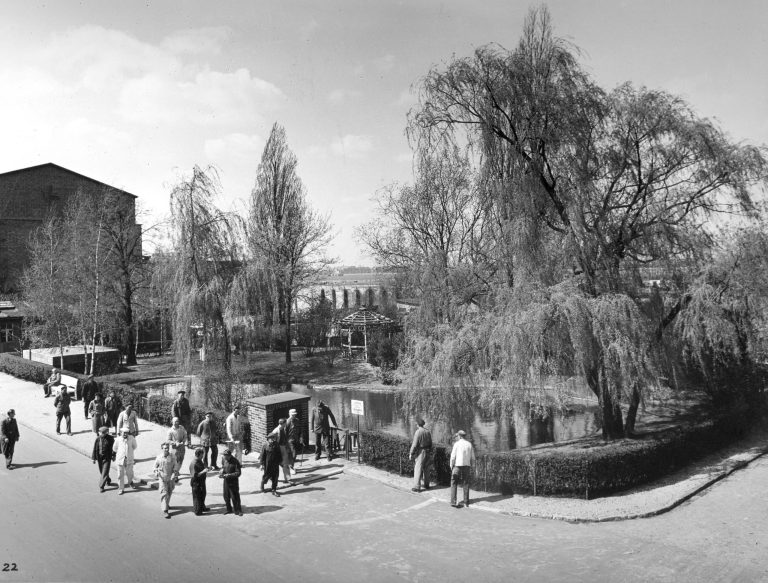
A Golden Era for Cinema
The Oberlandstraße production facilities were once again at the cultural forefront. Both “Schwarzwaldmädel” and the following year’s film “Grün ist die Heide”, attracted around 16 million viewers to cinemas. Of the 110 West German films produced in 1955, 20 were shot in the newly refurbished Tempelhof studios. Famous names such as Romy Schneiders or her mother Magda took part in productions that were filmed on site.
Business was not only booming in Oberlandstraße—the mid-1950s saw the heyday of cinema across the Federal Republic. In 1957, 817 million cinema tickets were sold—almost seven times as many as in the pre-covid19 year 2019.
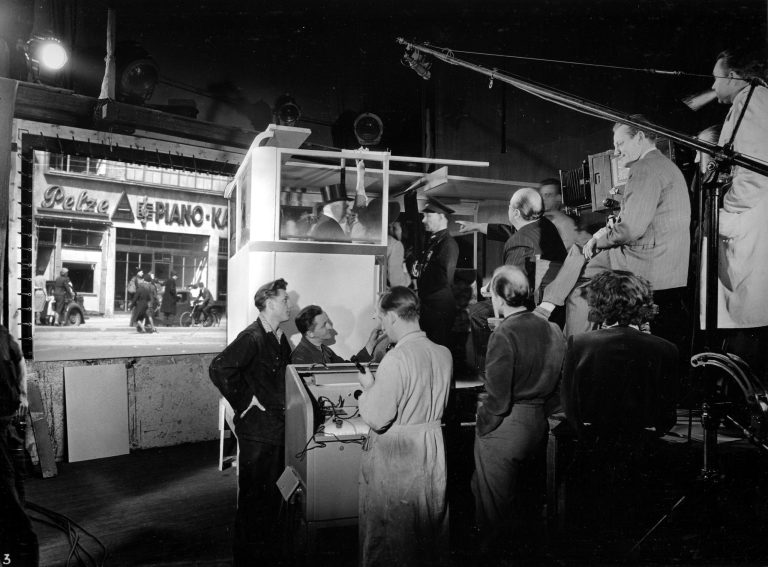
Television: Competition or Opportunity?
The wave of newfound success started receding as quickly as it had been rising. The culprit was television, which was becoming increasingly popular. Between 1955 and 1957 alone, the number of “TV subscribers” grew from 100,000 to over a million.
This development firmly pointed the way toward the future of the studios on Oberlandstraße. After all, television needed broadcast material too. In 1957 and 1958, the first five German television films were shot for ARD. These first steps were not particularly successful, but that was only the beginning of the television trajectory in Tempelhof. In the following years, major productions such as Disney’s “Emil and the Detectives” or various Karl May films were shot in the famous studios.
Between 1955 and 1957 alone, the number of TV subscribers grew from 100,000 to over a million.
Related news

